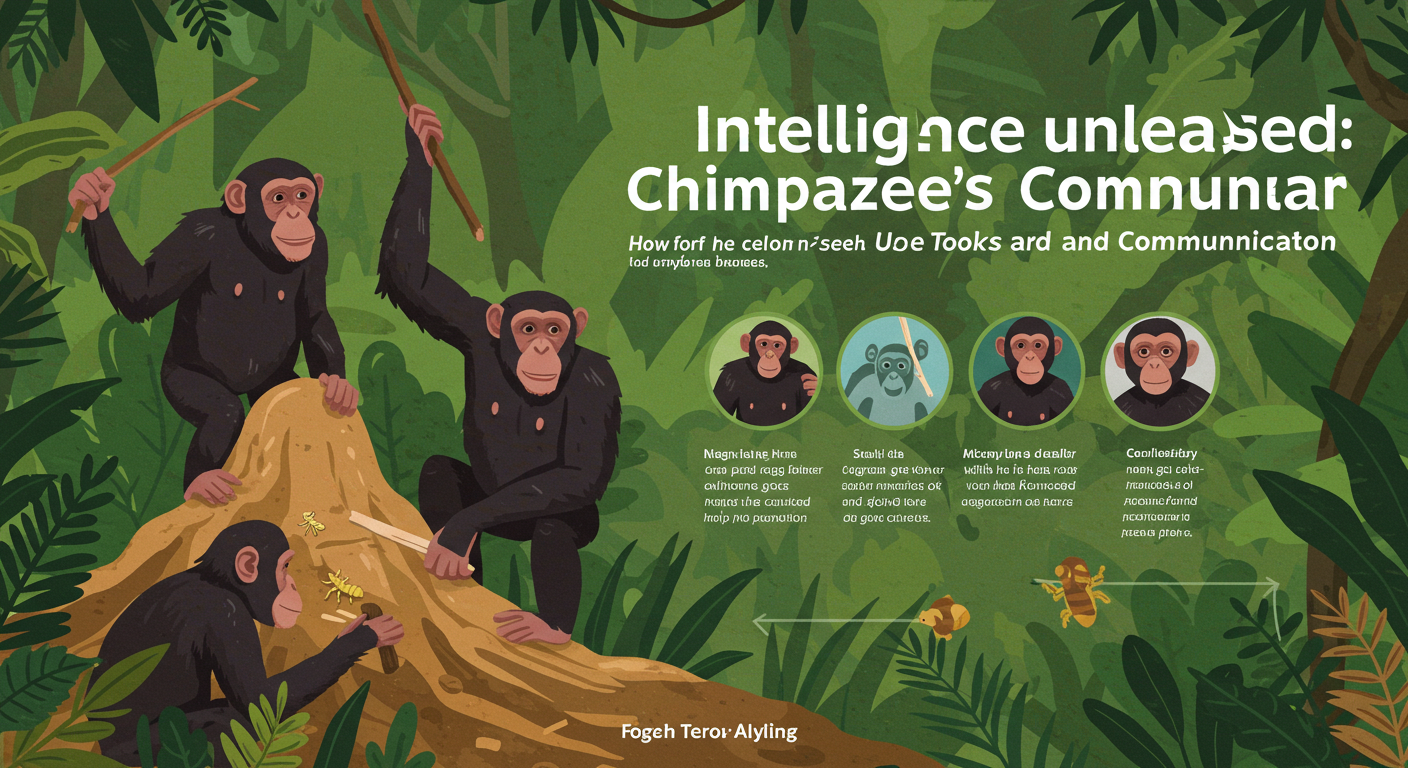This blog will shed light on the unique characteristics of elephant—explaining how these traits contribute to their survival, their pivotal role in the environment, and the significant lessons they offer us to protect our planet and its species.
Understanding the Elephant’s Dual Nature
Elephants are intriguing creatures, blending an impressive combination of strength and grace into their daily lives. Standing at up to 13 feet tall and weighing over 10,000 pounds in the case of African elephants, their sheer physical power is evident. Yet, despite this imposing presence, they exhibit remarkable gentleness in their actions, particularly in their social bonds and interactions with their surroundings.
The Strength of the Elephant
Physical Power Beyond Comparison
Elephants are one of the most physically powerful land mammals on Earth. With a trunk containing over 40,000 muscles and tendons, they can uproot massive trees, lift objects weighing over 700 pounds, and delicately pluck small objects such as berries or leaves. Their tusks, often used to dig for water or fend off predators, are capable tools that shape their environment—a trait unique to ecosystem engineers.
Furthermore, the power of their legs supports long migrations spanning hundreds of miles, making them a symbol of endurance. This strength plays a key role not just in their own survival but in maintaining the ecological balance of the environments they inhabit.
Guardians of the Ecosystem
Elephants’ strength enables them to act as environmental stewards. By knocking down trees or clearing brush, they open pathways and create habitats for smaller species. Their diet, which involves consuming approximately 200-300 pounds of vegetation daily, results in seed dispersal, aiding the growth of various plant species across miles. Essentially, entire ecosystems thrive due to the physical power of elephants.
The Grace of the Elephant
Gentle Giants with an Emotional Core
While elephants are celebrated for their power, their grace lies in their emotional intelligence and social complexity. They can express joy, grief, compassion, and even altruism. Herd dynamics are driven by matriarchs, who demonstrate leadership through wisdom and empathy. When an elderly or sick elephant requires assistance, the group rallies to provide emotional and physical support—a testament to their cooperative spirit.
A Symphony of Communication
Elegance can also be seen in how elephants communicate. Through deep rumbles, known as infrasound, which travels miles, they remain connected even when separated. This harmonic communication system allows them to locate one another, warn of danger, and organize coordinated movements, ensuring the survival of the herd in their vast habitats.
The Role of Elephants in Shaping Ecosystems
Keystone Species Impact
The impact of elephants stretches far beyond their immediate presence. Known as “keystone species,” their actions help sustain entire ecosystems. For example, when they dig for water during dry seasons, the resulting pools become vital water sources for other animals. This keeps hundreds of species hydrated and alive during droughts.
Seed Dispersal Champions
By consuming fruits and excreting seeds across large distances, elephants foster biodiversity. Many trees, including baobab and ebony, rely on this dispersal mechanism for growth—making elephants essential to maintaining vegetation cycles.
Balancing Nature and Economy
Elephants also contribute to the cultural and economic landscape. Through eco-tourism initiatives in Africa and Asia, these animals generate vital revenue that supports local communities and conservation efforts. However, this delicate balance requires careful intervention to ensure that tourism does not disrupt their natural habitats.
Challenges to Elephant Populations
Despite their strength and ecological importance, elephants face severe threats that jeopardize their survival.
Habitat Loss and Fragmentation
Deforestation and urbanization are rapidly shrinking the elephants’ natural habitats. Fragmented landscapes make it difficult for herds to migrate, leading to food scarcity and genetic isolation among populations.
Poaching and the Ivory Trade
One of the greatest tragedies elephants face is illegal poaching driven by the ivory trade. Despite global awareness campaigns and bans on ivory, thousands of elephants are still killed annually for their tusks, further pushing them to the edge of endangerment.
Climate Change
The changing climate adds another layer of threat. Droughts have become more frequent, reducing water availability in their habitats. This forces elephants to travel greater distances, increasing human-elephant conflicts in agricultural zones.
Lessons from Elephants for Humanity
Elephants teach us invaluable lessons about coexistence, strength in unity, and environmental stewardship. Their role as ecosystem engineers reminds us of the interconnectedness of life, while their cooperative and empathetic behavior serves as an example of the power of community. By protecting elephants, we safeguard not only their survival but also the health of broader ecosystems.
Taking Action to Protect Elephants
Conserving elephant populations requires a multi-faceted approach. Here’s what we can do as individuals and societies:
- Support Ethical Eco-tourism: Engage in responsible tourism that benefits conservation efforts without harming elephant habitats.
- Educate and Advocate: Raise awareness about the threats elephants face and the urgent need for protection.
- Combat the Ivory Trade: Avoid purchasing any products involving ivory and support NGOs working to end poaching.
- Donate to Conservation Projects: Contribute to organizations that preserve elephant habitats, such as WWF or the Elephant Crisis Fund.
Moving Forward with Grace and Strength
The majesty of elephants lies in their ability to embody both raw power and delicate grace. They are living reminders of what we can achieve when strength is balanced with compassion and purpose. Protecting these awe-inspiring creatures is not just an ethical responsibility but a critical step towards maintaining our planet’s biodiversity and ecological health.
Together, we have the power to ensure a future where elephants continue to roam the wilds. By combining human ingenuity and compassionate conservation, we can reflect the grace and strength of elephants in our actions—and secure their legacy for generations to come.
Meta Information
Meta title
The Grace and Strength of Elephants | Insight into Nature’s Giants
Meta description
Discover the physical strength, emotional intelligence, and ecosystem-defining role of elephants. Learn why protecting these majestic creatures is vital for our planet.
Conclusion
Elephants are far more than majestic creatures; they are keystone species that sustain ecosystems and inspire humanity. Their survival is tied to our own ability to coexist harmoniously with nature. By taking action—whether through conservation efforts, donations, or spreading awareness—we can honor their strength and grace by ensuring their presence thrives in the natural world. The future of elephants rests in our hands, and with collective effort, we can secure a lasting legacy for these magnificent giants.
Frequently Asked Questions (FAQs)
Why are elephants considered keystone species?
Elephants play a critical role in maintaining the ecosystems they inhabit. By shaping their environment—such as creating water holes, dispersing seeds, and clearing pathways—they support biodiversity and allow countless other species to thrive. Their presence helps balance delicate ecosystems, making them essential for environmental health.
What are the main threats to elephant populations?
The primary threats to elephants include habitat loss, human-wildlife conflict, and poaching for their ivory. Deforestation and urban expansion reduce their natural habitat, leading to fragmented populations, while illegal wildlife trade continues to endanger their numbers. Addressing these threats requires coordinated global efforts and sustainable practices.
How can individuals help protect elephants?
You can support elephant conservation by donating to reputable wildlife organizations, spreading awareness about their plight, and advocating for stronger legal protections against ivory trade and habitat destruction. Additionally, making eco-friendly choices and supporting ethical tourism can contribute to their continued survival.











